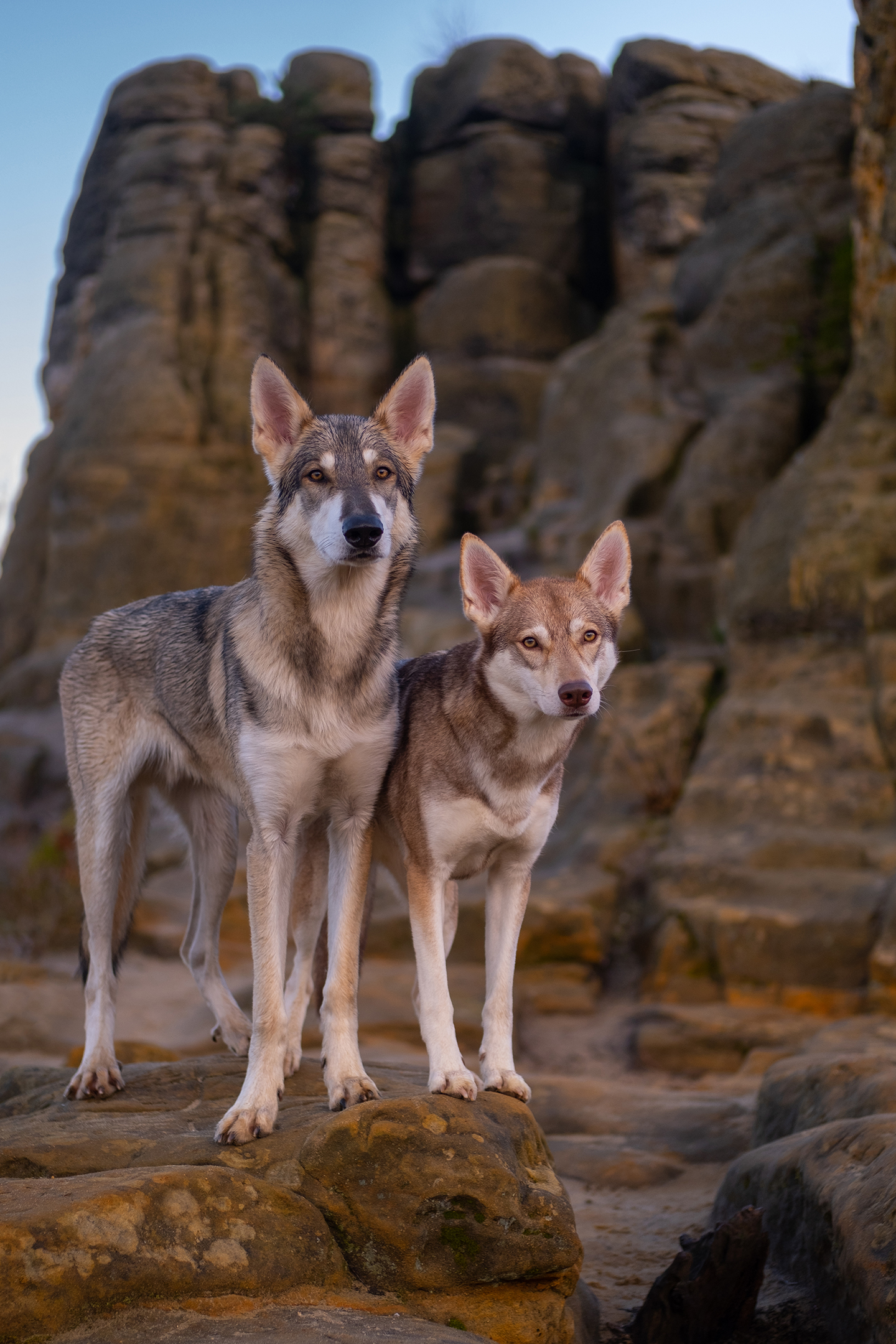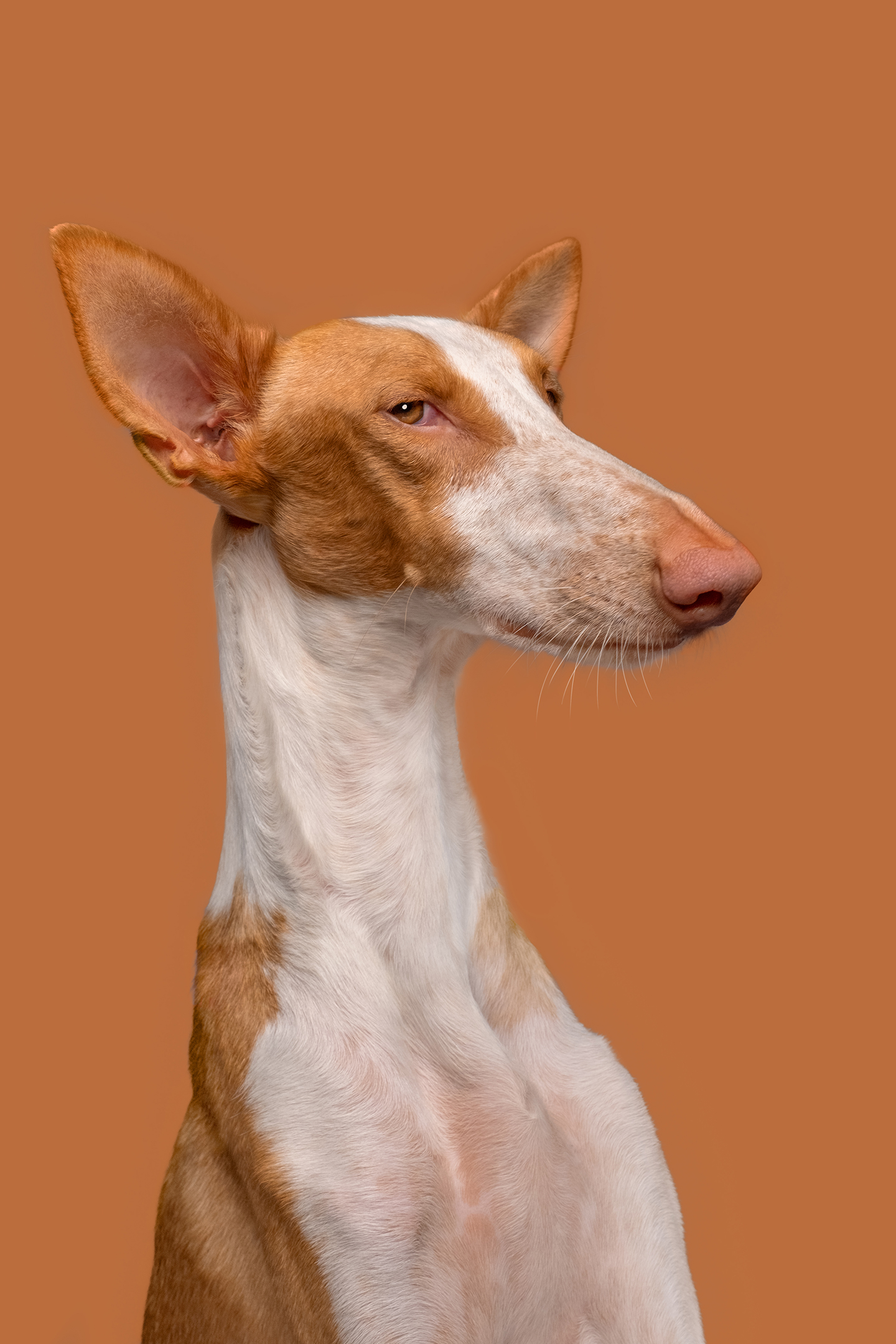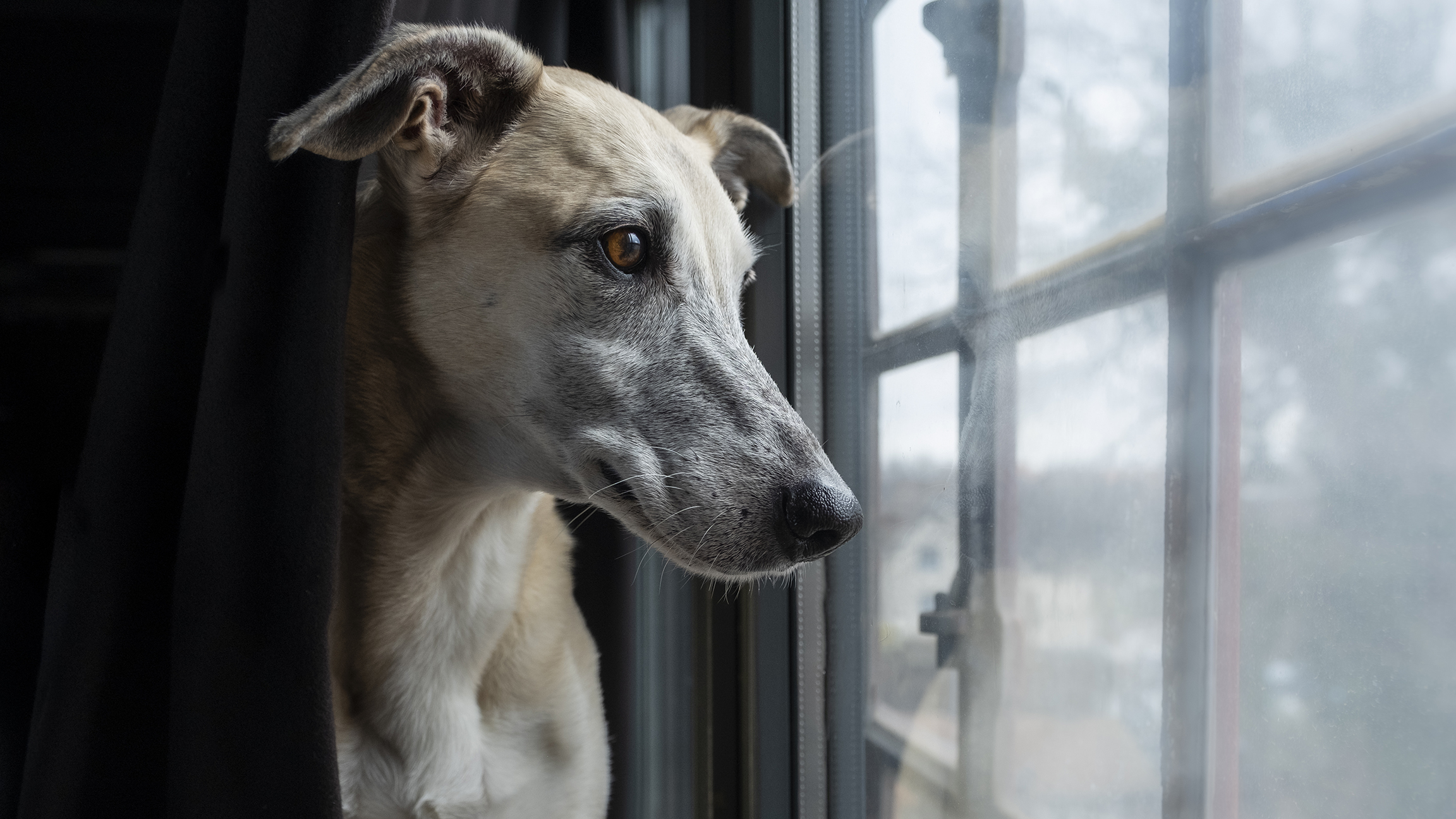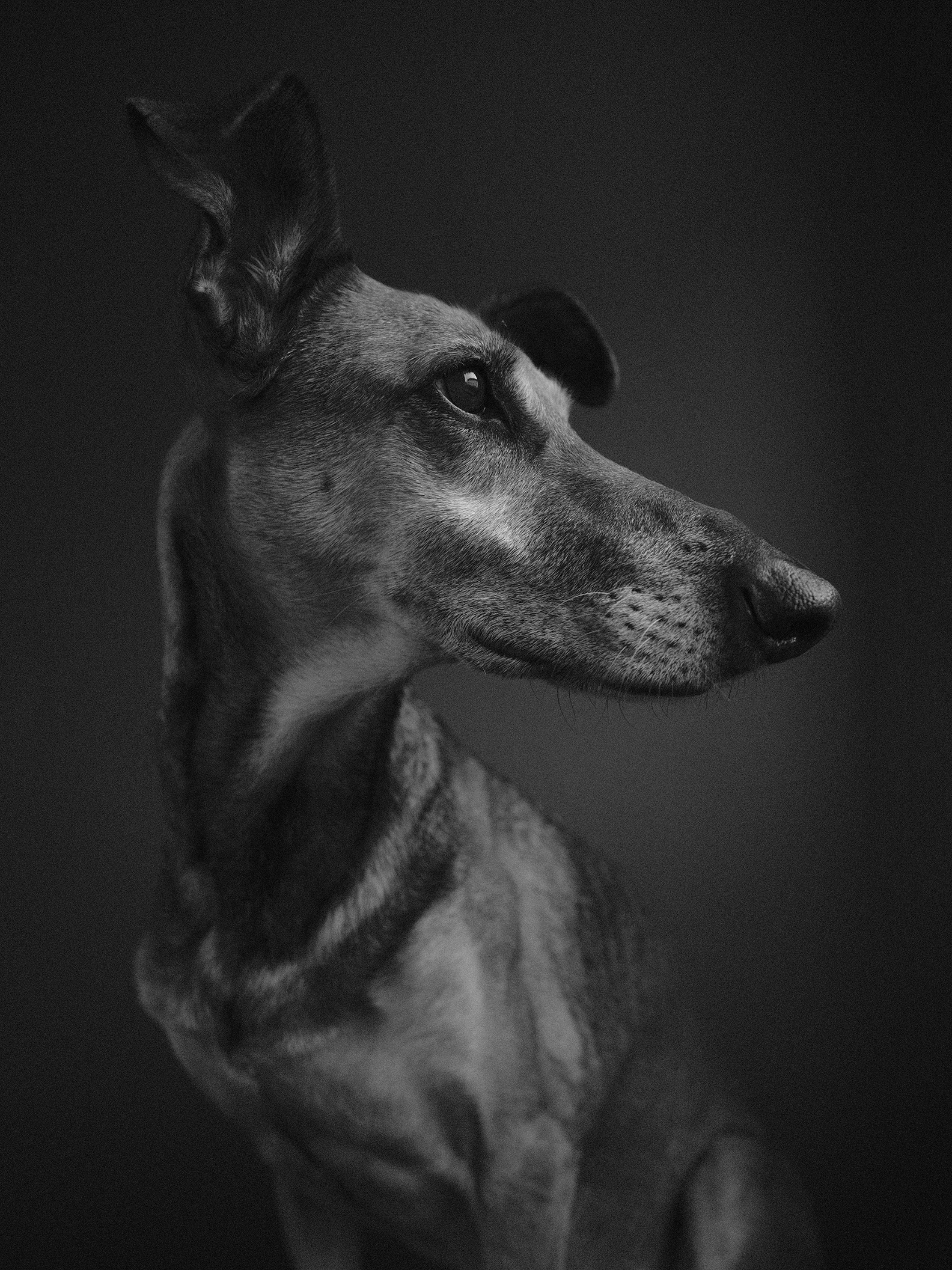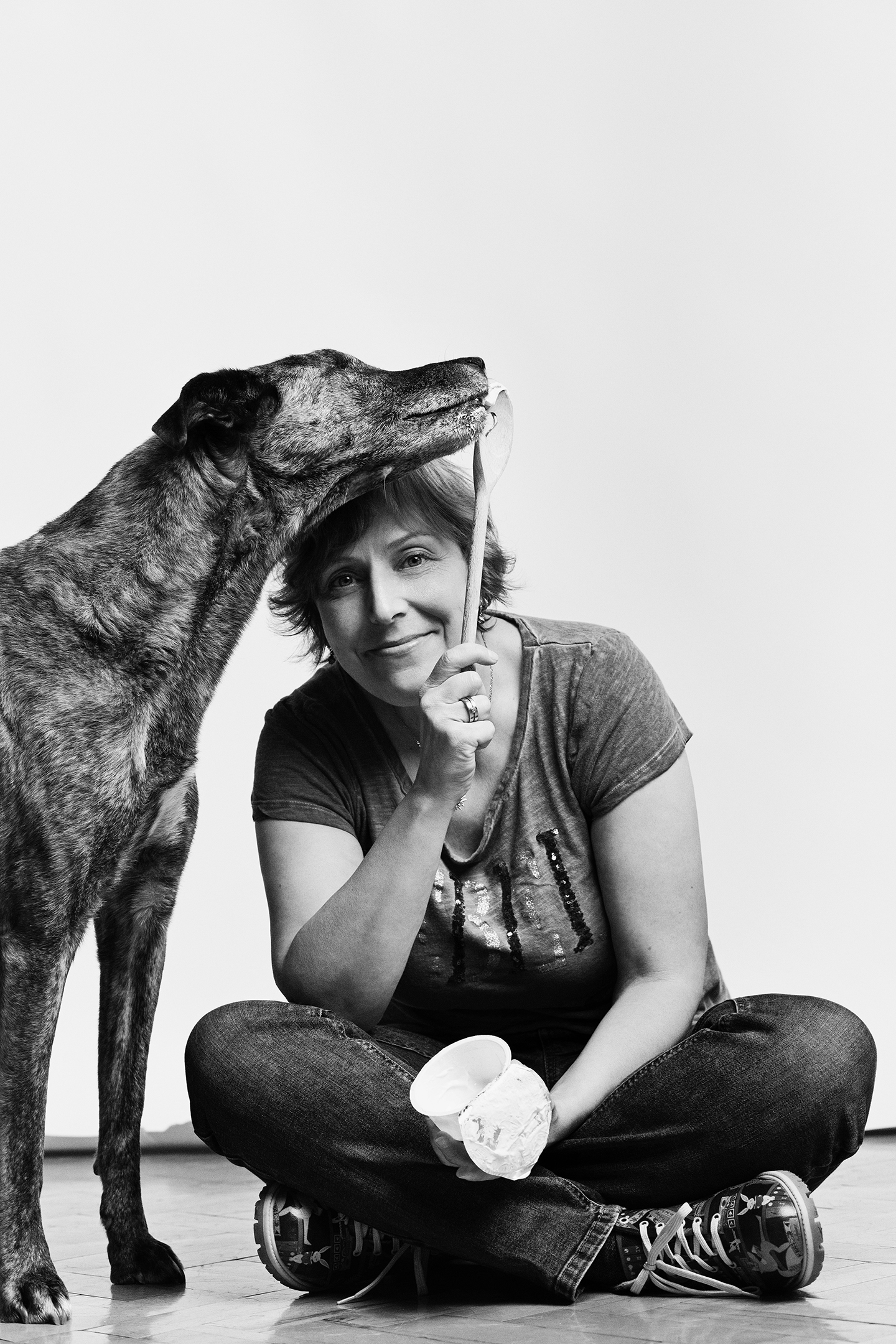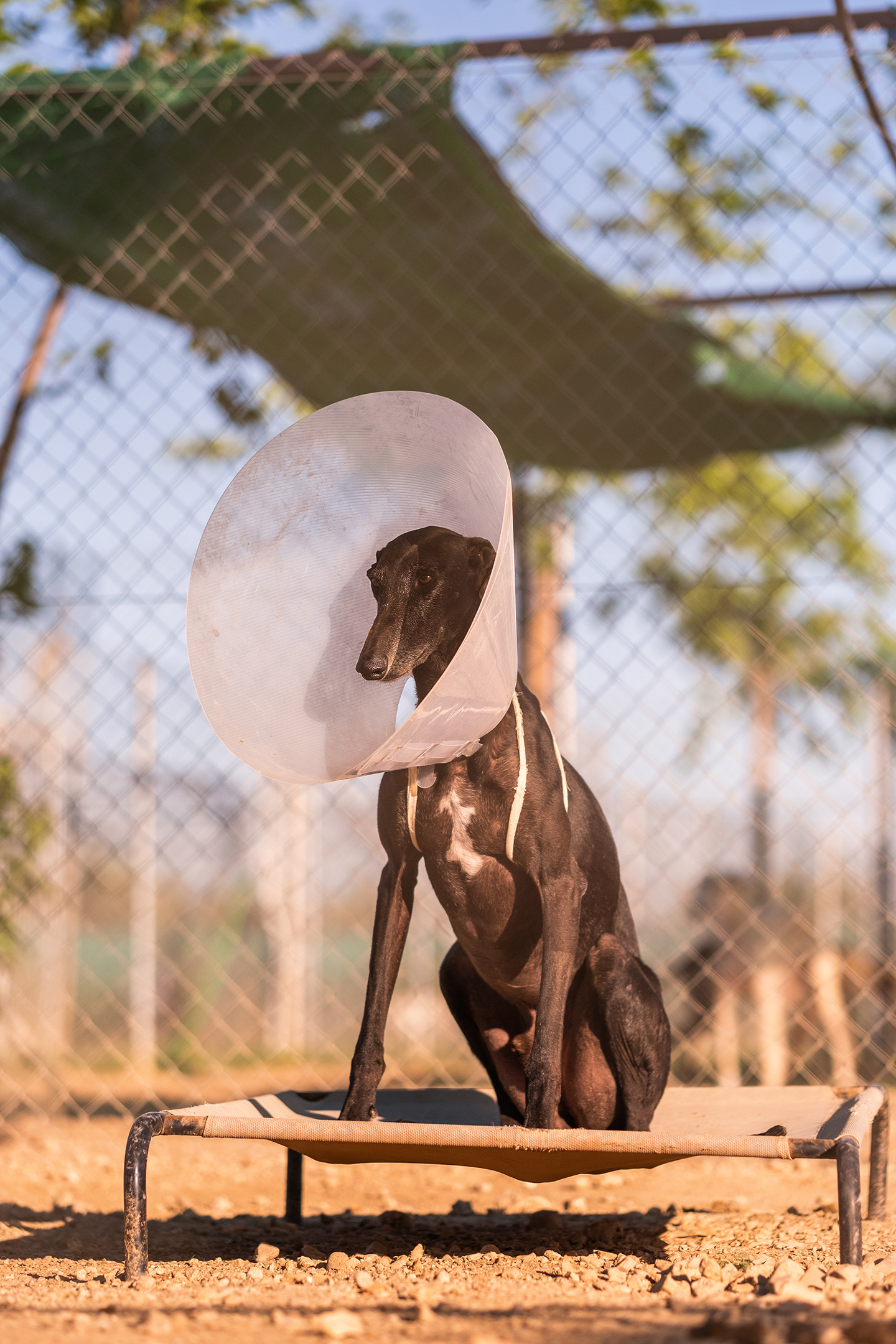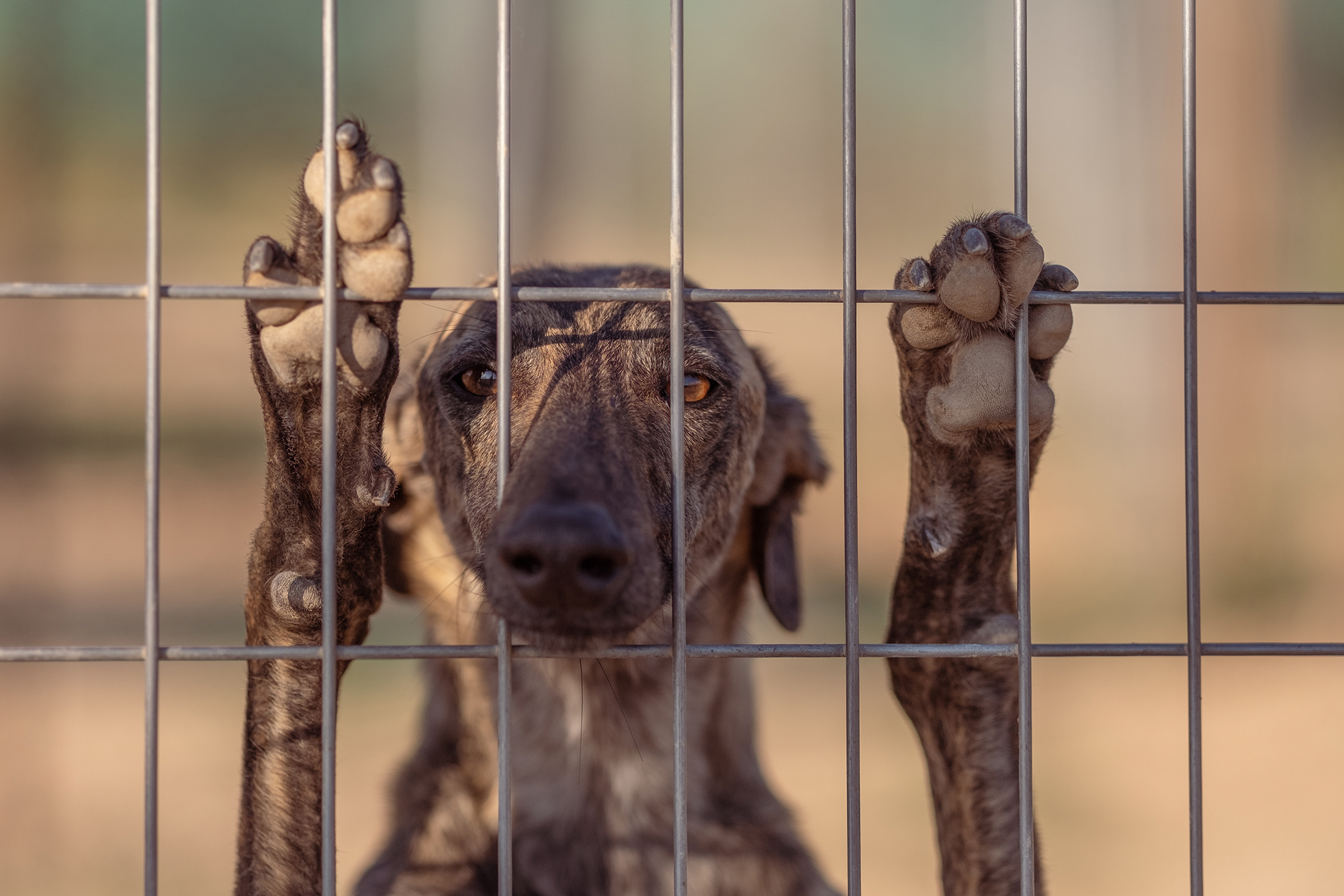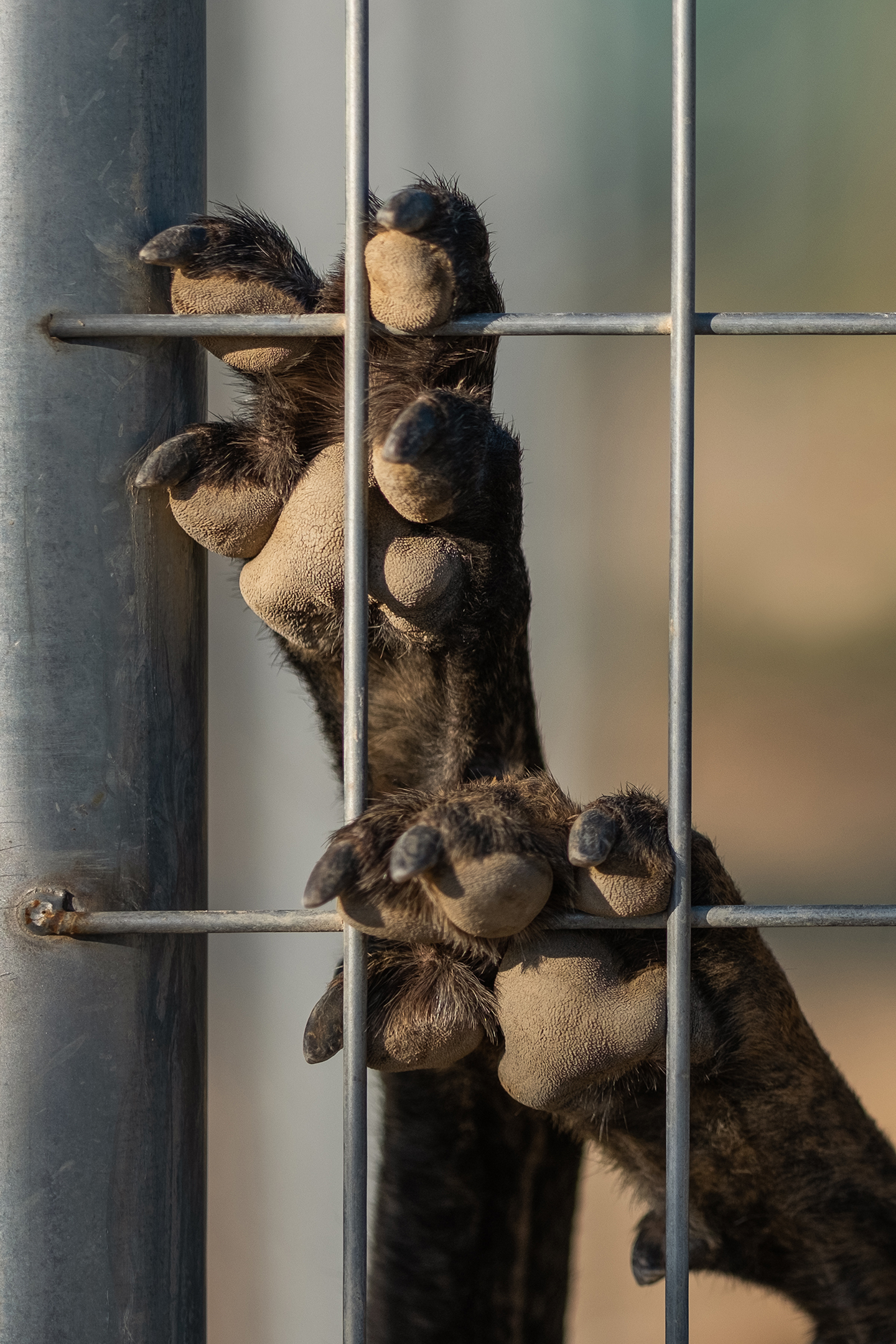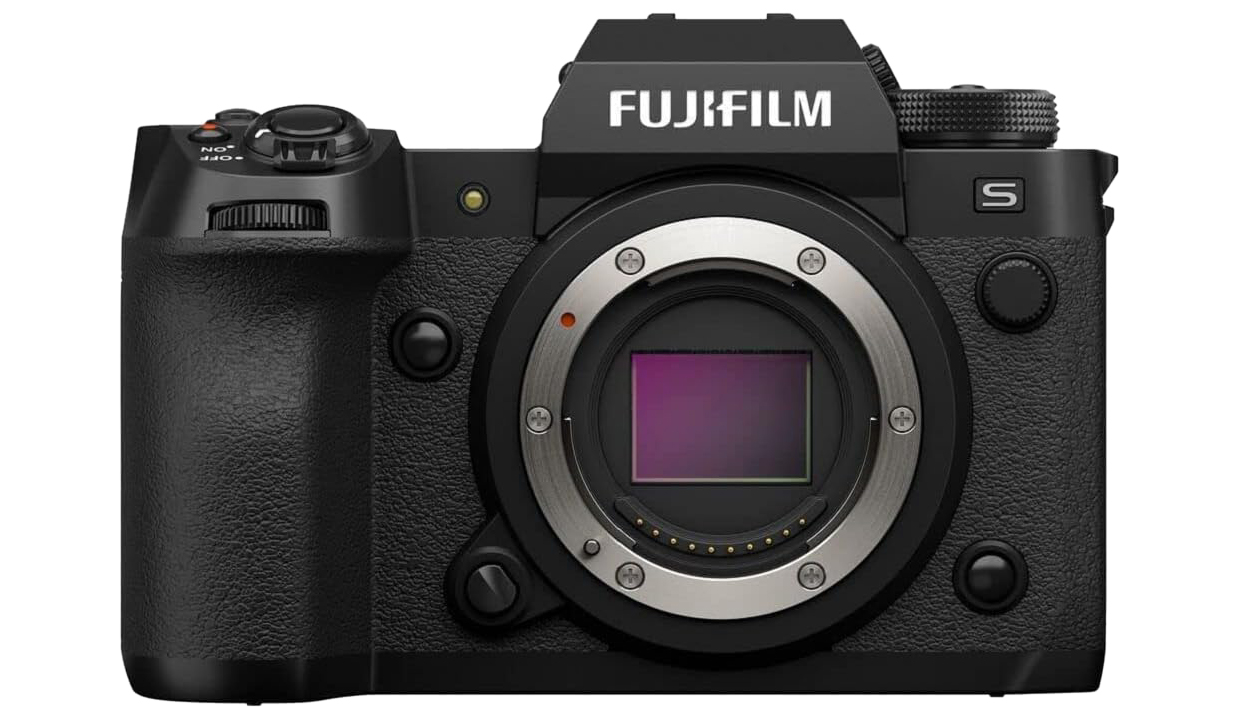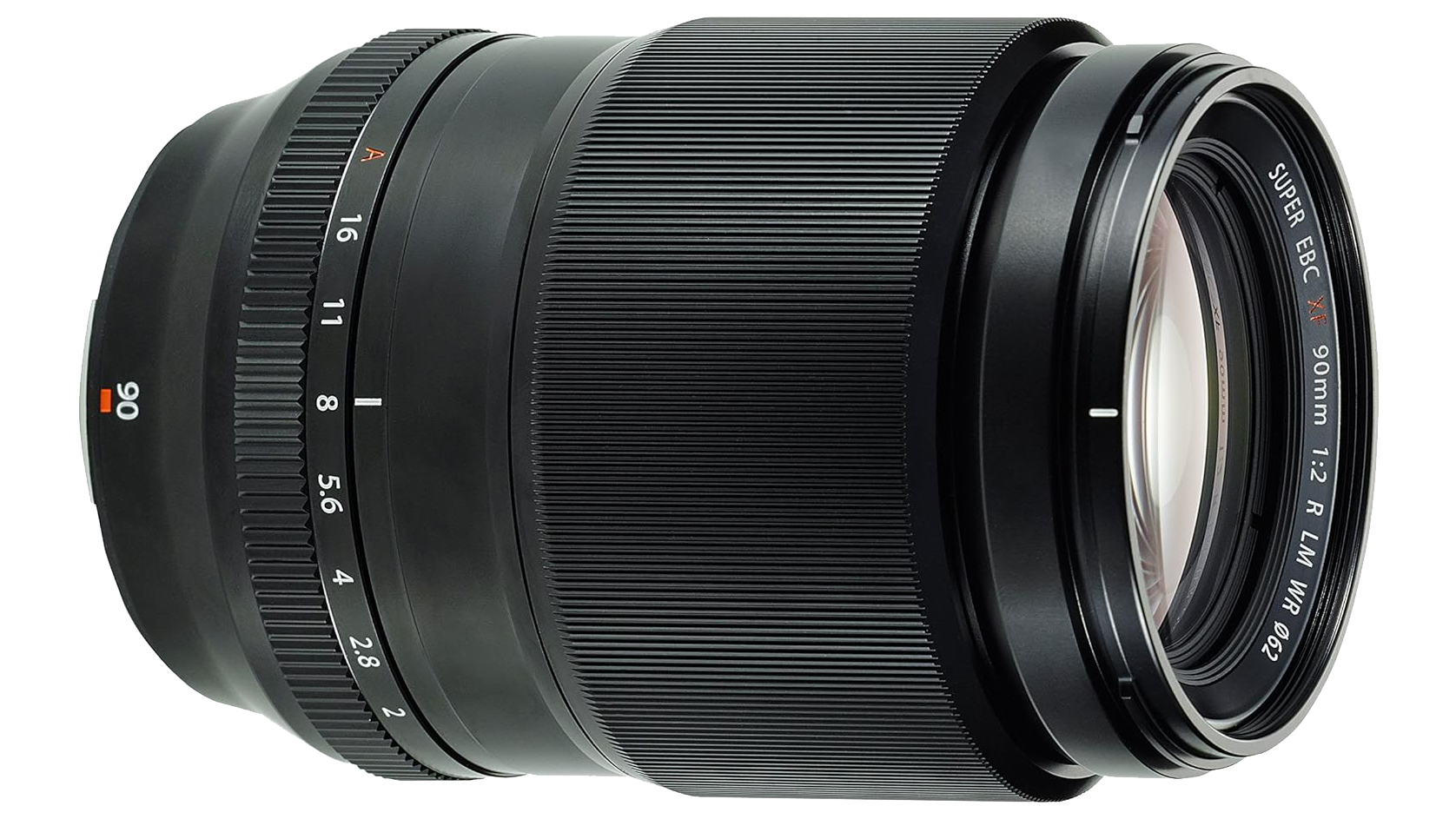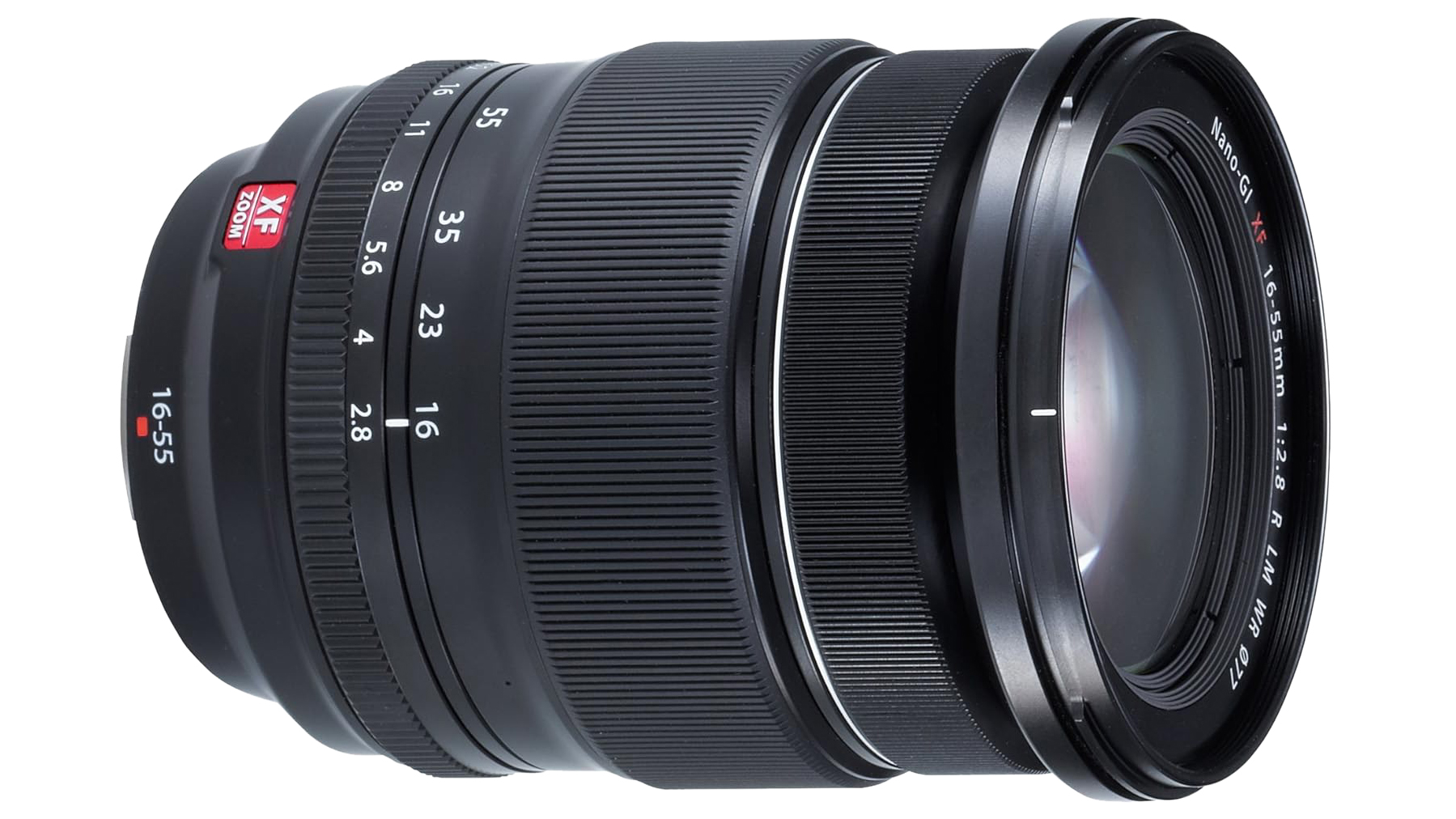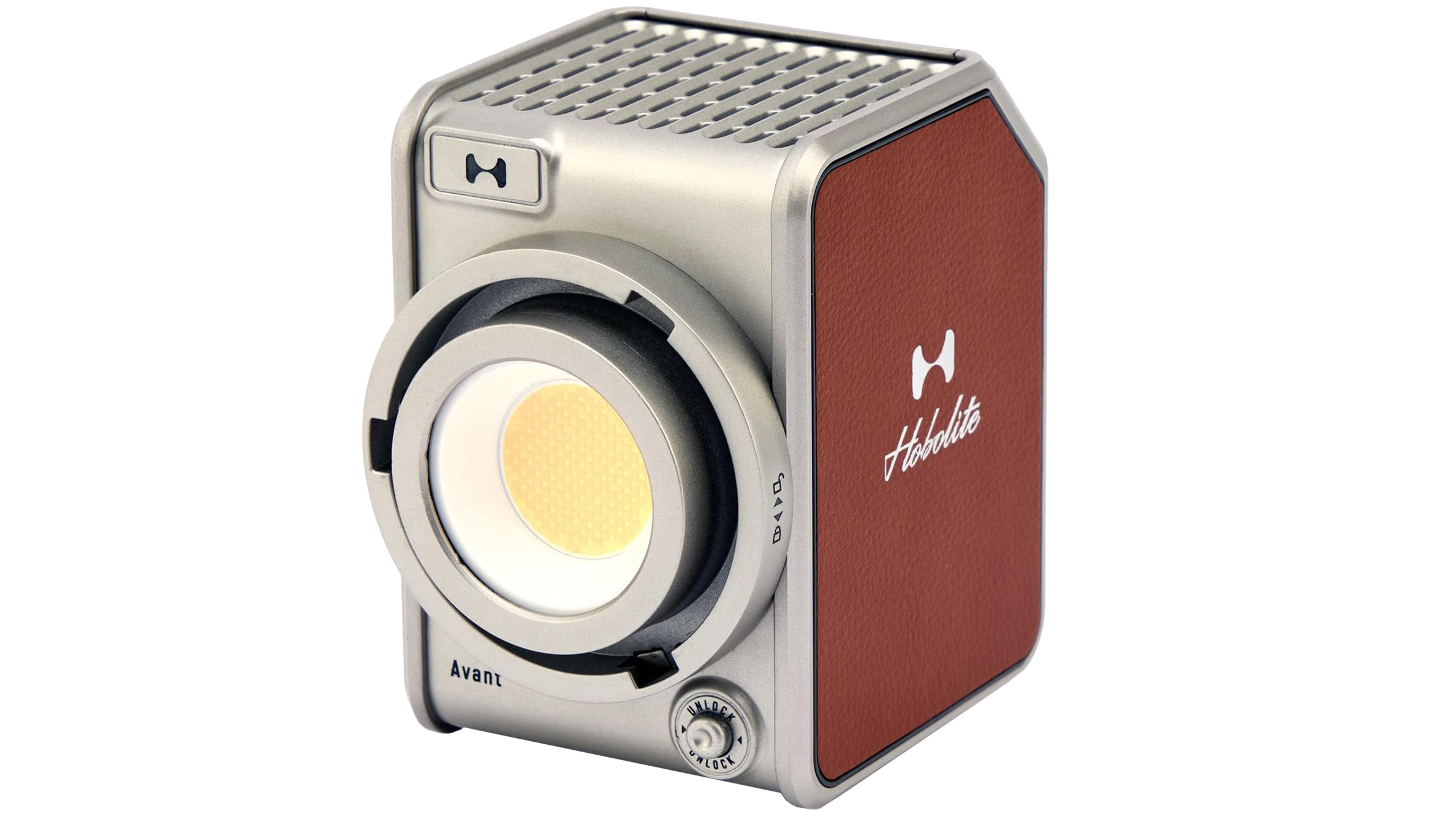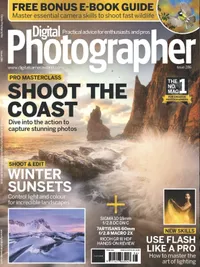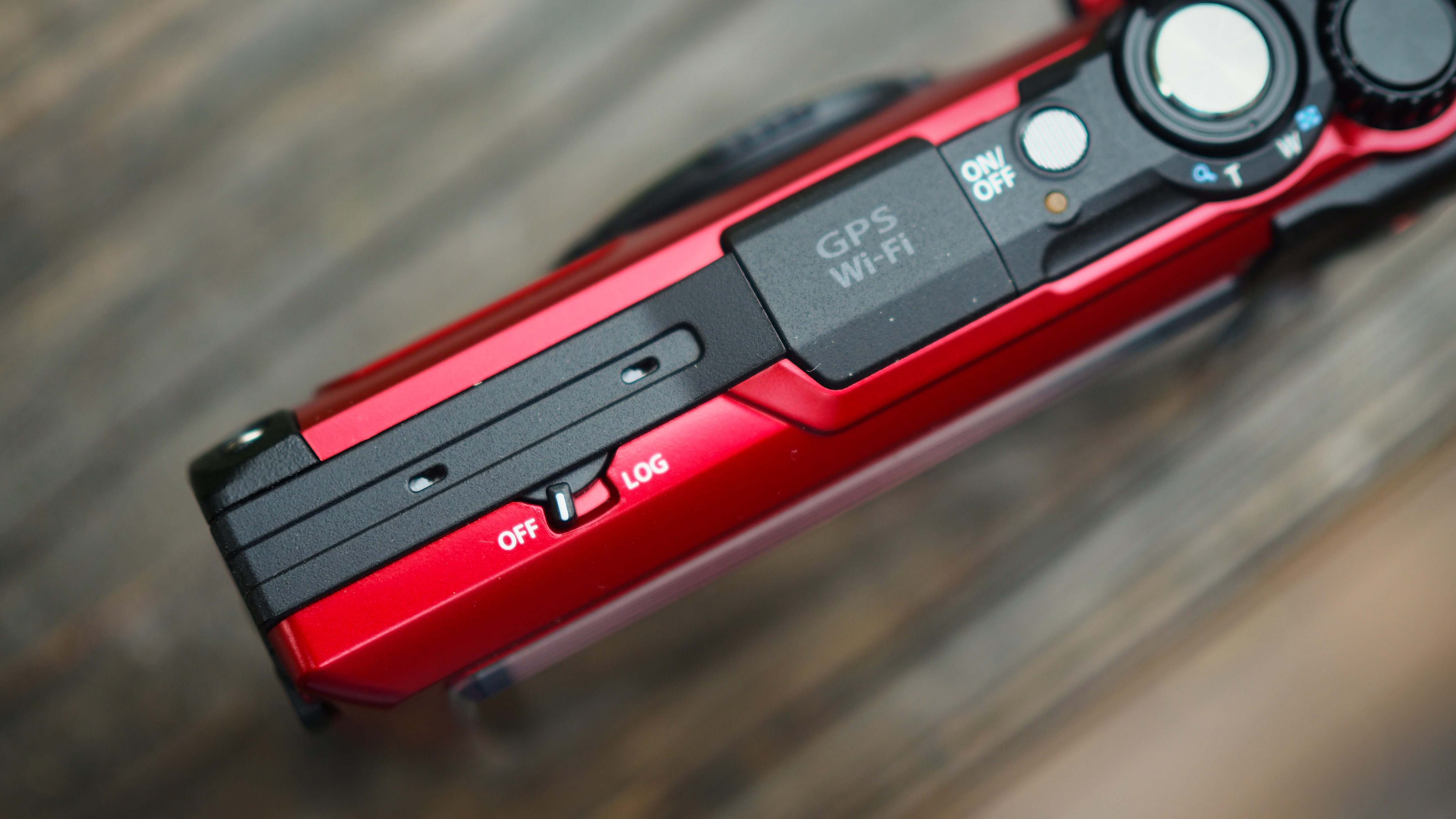"I have only one hand on my camera, as I’ve got a treat, a toy, or a squeaker in the other"
Fujifilm shooter Elke Vogelsang shares the joys and challenges of pet photography while emphasizing the importance of animal welfare
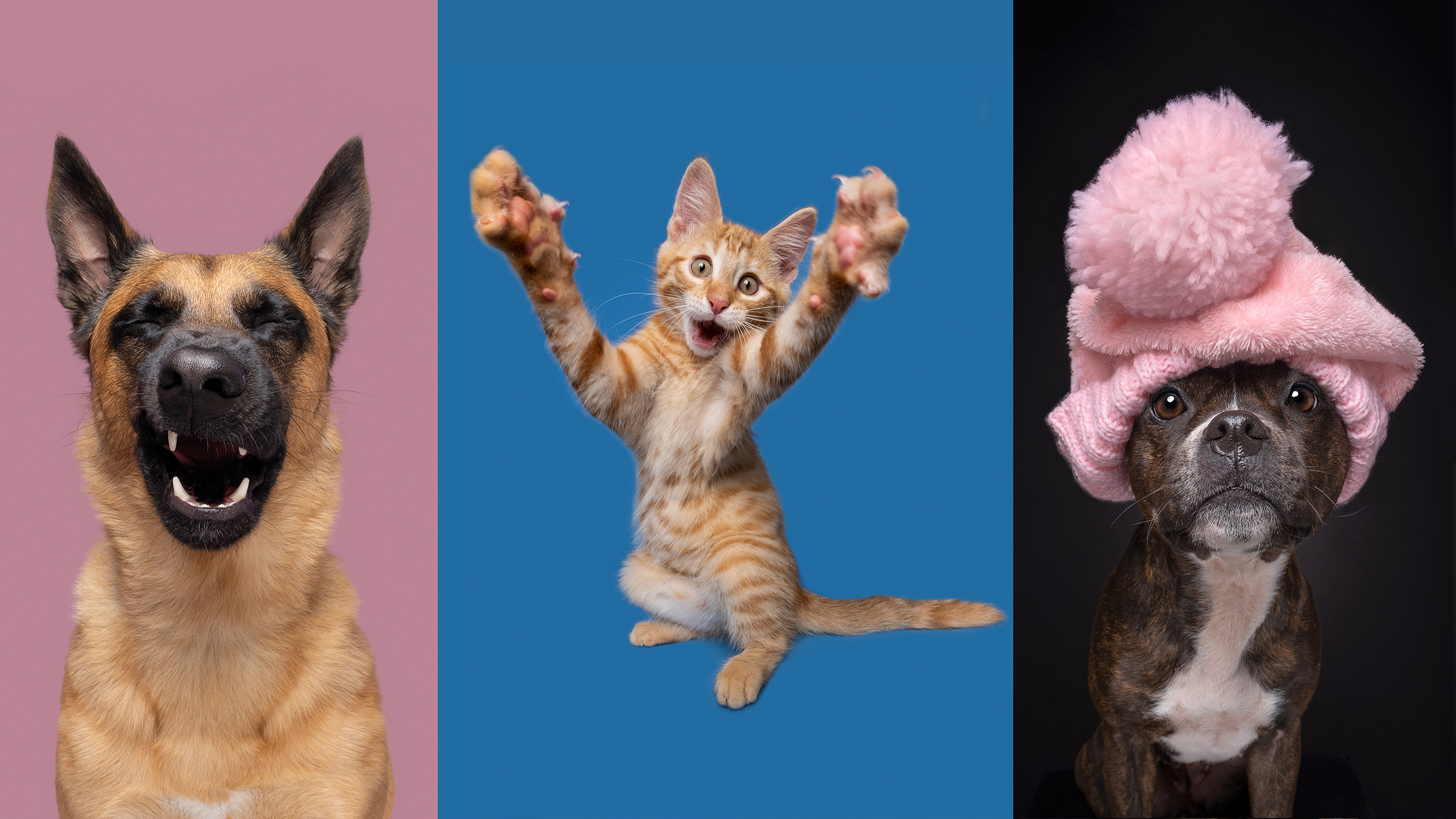
Dogs are often considered the best friends of humans; while cats, as much as they’re known for their independent and aloof nature, have also been cherished for their companionship and close bonds with humans for centuries. However, successfully photographing these four-legged friends presents some unique challenges, not least that it requires the rapid establishment of trust and comfort between the owner, photographer, and pet.
Elke Vogelsang, a professional pet photographer, has dedicated her career to capturing candid and vibrant photos of our furry friends. The chances are that you have already seen her work, possibly through her international collaborations, such as those with Adobe and Pedigree. However, her passion for animals extends far beyond capturing images: she uses the medium of photography to actively engage in animal welfare and protection, with her documentary perspective shedding light on the global reality of animal welfare and advocating for pet adoption over purchasing.
Interview
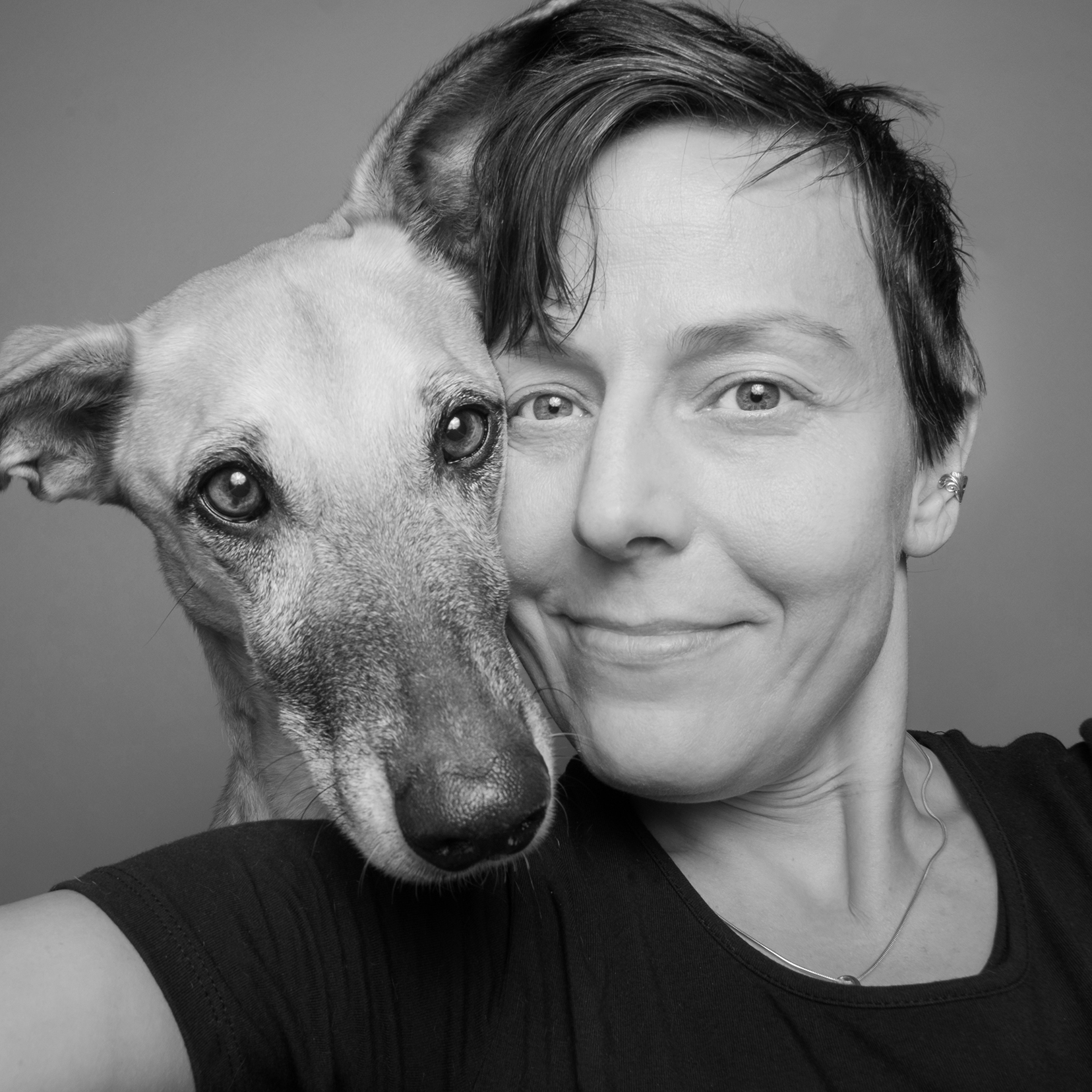
Elke Vogelsang specialized in pet portraiture. Based in Germany, her work has appeared in numerous adverts on US and German television and has been published in books, newspapers, and a range of magazines globally, including National Geographic, The Sunday Times Magazine, and The Daily Telegraph.
How does a shooting day look for you and your furry models?
I’m currently in the fortunate position that I can arrange my job all around the things I love the most. There is no routine working day as every day, I more or less choose what I work on. That said, there’s lots of paperwork and editing that needs to be done and takes up a lot of my time. But, as I don’t do that many private sessions a year, I mostly work on commissions, projects and my licensing archive. It sounds fun and it is fun, but I’m also a bit of a workaholic. That’s why it’s even more important to be able to say no once in a while.
I wake up and walk my dog. That’s a very slow and not-too-long walk, as she’s 16 now and still telling us what to do. Afterwards, I answer emails and work on the commissions and my list of tasks I have deadlines for. When I’m finished with that, I might take images but, quite frankly, as a photographer you spend more time doing other stuff than actually taking images.
As I’m mostly known for my studio portraits of dogs, that’s also what I do the most. But I also take images of cats. For this, I travel to their location. Furthermore, I make sure that I do my own projects – these mostly consist of outdoor photography, which is what made me fall in love with photography to begin with. I learned to love studio photography too, but being out in nature, and trying to seize the endless opportunities for images it offers,
is still one of my favorite things.
I do have a model database of dogs I can hire for commissions, but also for my personal projects. They are mostly my type of dog: rescued, mixed, Spanish or Portuguese, ex-hunting dogs, or whatever dog showed model qualities. And with model qualities, I mean enthusiasm, patience, looks or whatever might be recommendable for the task. It’s a top priority that my models, as well as their owners, have fun. They love to return not only for commissions but also for my private projects, which is lovely.
How do you manage to build rapport and trust with the animals during your photo shoot sessions?
As I said, it’s super-important that the model has fun. A dog or cat couldn’t care less about being photographed. They need a different motivation. That’s mostly treats, toys and praise. That said, cats couldn’t care less about praise. But lots of cats also love treats or try to catch or hunt something.
Nearly every dog would do anything for treats. My photo sessions are not an obedience class at dog school. I tell my models how great they are, I cheer them on and…. they get stuffed with yummy treats. For cats, I have feathers and little pieces of cloth on a string to try to awaken their hunting instincts.
Of course, it’s also convenient to have an obedient dog for portraits outdoors. There’s no use trying to take portraits when your dog is already chasing squirrels two streets further down the road. For dogs that can’t be off-leash, I have a fenced-in garden. Also, timid dogs might be better photographed outdoors, in a secure and quiet space, than in the studio.
How do you balance capturing spontaneous, candid moments with more posed shots?
Even when you’re letting a dog pose for a portrait, you can still find those little moments where the dog is looking elsewhere or sniffing a blade of grass or the wind. Try to see scenes like this to get something a little different from a standard shot.
Integrating action is always a good way to get more personal images full of character, even if you just let the pet jump a bit or catch something for a treat.
Having an assistant who can pose the dog, but also make sure they are engaged with the session, can be a benefit. I don’t have a personal assistant, but outdoors, when I’m further away from my model, I will ask the owners to entertain the dog, to make sure I get the poses and expressions I’m looking for.
Can you share some of your favorite pet photography techniques or styles? Is there much difference between your commercial shoots and your personal work?
When I started out in photography, with a one-picture-a-day project, I wanted to try studio photography, too. Before that, I thought studio photography was boring. I wanted to be out in nature with my dogs. But as I took images every day in winter, studio photography was an alternative to the dark and grey winter days.
I tried to find something more interesting to me – and that was provoking funny expressions. I love adding humor to my photography and that’s what I’m now known for. But to be honest, I love to capture all kinds of emotions, whether it’s the expressions of my models or the style of the images.
I absolutely adore a nostalgic, melancholic, dark, even sometimes moody, atmosphere in images. When I shoot entirely for myself, the photos might look completely different from my colorful studio images. I love to have everything composed and set in-camera by using the Film Simulations of my Fujifilm camera. I might underexpose and add grain and contrast in-camera to get a moody look.
Photography is such an endless playground of creativity. When I finished the one-picture-a-day project, I started another project where I set myself tasks or topics. Every week, I tried to shoot images for the topic of the week. This is called, for example, '52 weeks of dog photography', where you shoot for a year to improve your skills. The topics included black-and-white, lines and textures, shooting through something, etc. The opportunities are endless.
During these projects, I learned what I like most and what I would love to pursue more. Shooting in black and white is something I absolutely adore. It might not resonate with many people in pet photography, as lots of people think that a black-and-white picture of a dog means that the dog is dead. I don’t see it like that. I love the textures and the mood.
You are a Fujifilm shooter – what particularly attracts you to this brand?
I got myself a little compact camera, Fujifilm X20. At that time, I still had my Canon equipment, a Canon 5D Mark III. It was a great camera but with the fancy lenses it was just too heavy to carry around with me – remember, I took photos every day. I was able to place the X20 in my jacket pocket.
Of course, it didn’t offer me the same features that the Canon was able to, but I tried out different approaches, which was the start of me becoming known for my dog portraits that were a little different from the standard. It was the start of my project of big dog noses licking, snapping for and chewing treats or yawning in close-ups.
Step by step, I replaced my Canon equipment with the professional Fujifilm equipment, which was lighter and more compact. I always have only one hand on my camera, as I’ve got a treat, a toy or a squeaker in the other. Therefore, I want my equipment to be as compact as possible. And you get me with a nostalgic design. The picture quality is fabulous. And the buttons for ISO and shutter speed are also super-handy.
You provide your photographic services free of charge for chosen animal protection organizations. Can you tell us more about the passion that drives you in this aspect?
My own dogs were rescued from death row or from the streets. These little mutts have given us so much that I can’t express my gratitude in words. The two girls saved my husband’s life when he collapsed with a brain hemorrhage. If it hadn’t been for them barking, howling and running to the bathroom door to alert me, I wouldn’t have found him in time.
My dogs have brought me through several dark times. They are, or were, my source of laughter and my mental and physical health coaches. That’s why I would like to give back a little bit. Where my dogs come from, thousands of others get discarded yearly. I couldn’t have asked for better family members. Therefore, I try to advocate for shelter animals. I found these formerly unwanted gems and they changed our lives for the better. All three of them were very different in character. My Noodles was the perfect dog for beginners. She loved every human being and every dog. Sure, rescued dogs can also come with a package of challenges. You have to make sure to find a reputable organization and you have to get information and be prepared. And not every dog fits everybody. But you can find the perfect dog for you in a shelter. I’m absolutely sure.
My very first images of other dogs than my own were of the dogs here in my local shelter in Germany, which was a fantastic way to improve my skills. It’s a win-win situation. I get to hang out with dogs, learn and practice, do what I love and help a little along the way. I also went to Morocco and Spain in the past to photograph the work of a dog rescue there.
But your commitment to animal welfare doesn’t end there. The July issue of Dogs magazine featured an article by you on this topic. Can you share more about it?
This year I went to Spain to photograph discarded hunting dogs, in a shelter near Córdoba called Galgos del Sur.
Every year, tens of thousands of hunting dogs are discarded in Spain. The lucky ones find shelter at private organizations like this one. They were handed in by hunters, found as strays on the street or confiscated. Spain now has a new, stricter animal protection law. Sadly, it explicitly exempts hunting dogs, livestock and research animals. The dogs often arrive in a poor mental and physical state but the people at Galgos del Sur treat the dogs and find homes for them. This is mostly outside of Spain, as the popularity of the galgos and another hunting dog breed, the podenco, as family dogs has not yet fully reached their mother country.
My own dogs are galgo mixes. That’s why this breed is so close to my heart. They do make great family dogs. They are sensitive, and they love a good couch. You have to be aware of their hunting instincts, for sur
I was very happy to get the German magazine Dogs on board to publish the reportage. Also, my sponsor Fujifilm kindly helped me to be able to undertake this journey and draw attention to the plight of the hunting dog, whose exploitation is a shame not only for Spain but for the whole of the EU.
You have worked with numerous clients but one particularly stands out for photographers, as many of us work with their products daily. What was it like partnering with Adobe?
The cooperation with Adobe is, for sure, a highlight for me. I have worked with Adobe products for decades now. I started with Photoshop when I was still working as an employee as a translator, and later on in a marketing department in the 90s. I tried out other software over the years but always came back to Adobe. And yes, also with the subscription model, as it ensures that I can benefit from the newest versions and features right away.
When Adobe asked if I could, for a change, hop in front of the camera, to tell our story, I did so, even though I certainly prefer to stay behind the camera. They have a wonderful team here in Germany, as well as in the UK. I felt super-comfortable. It brought a lot of attention, which is, of course, wonderful. And I learned to love doing Photoshop tutorials. There’s currently one in the making, in cooperation with other pet photographers.
What are some of the most rewarding aspects of your job?
Next to meeting my gorgeous models, I’m grateful that I’ve got wonderful, supportive people from all around the world on my social media accounts. The internet can be a vile place sometimes but I receive kind messages and am fortunate to have such a safe space for dog fans, Dogs unite. Well, cats too, of course, but they wouldn’t admit that.
Elke's kit
"It’s fast, and offers animal eye focus."
Fujinon XF 90mm f/2 R LM WR
The best camera deals, reviews, product advice, and unmissable photography news, direct to your inbox!
"For outdoor photography, to get a creamy bokeh and pin-sharp images."
Fujinon XF 16-55mm f/2.8 R LM WR
"The lens I use most of the time in the studio, as I can shoot quirky, wide-angle shots at around 16mm and more elegant portraits at around 55mm."
Hobolite Avant LED continuous light
"To be able to take images of very timid and easily scared pets in the studio without strobes."
Get the best magazine for enthusiast and pro photographers delivered to your door or device with a subscription to Digital Photographer. Learn the hottest photo trends and techniques while getting essential advice on earning cash from your photography.

Kim is a photographer, editor and writer with work published internationally. She holds a Master's degree in Photography and Media and was formerly Technique Editor at Digital Photographer, focusing on the art and science of photography. Blending technical expertise with visual insight, Kim explores photography's time-honored yet ever-evolving role in culture. Through her features, tutorials, and gear reviews, she aims to encourage readers to explore the medium more deeply and embrace its full creative potential.
